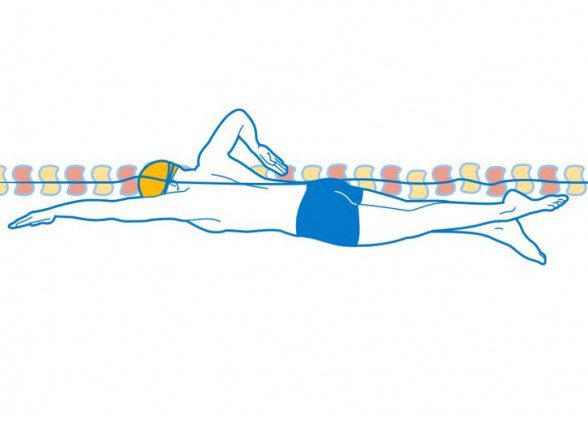Three tips to keep your lower body from sinking in the water
Hips and legs sinking when you swim? Here are three corrections to make.

Triathletes without a swim background often struggle to keep the lower half of their body from sinking in the water, especially without a wetsuit. Our training tip of the week includes three sources and fixes to this common problem.
Consistent and correct kicking
One of the most common reasons for sinking hips and legs (and one of the easiest things to fix) is not kicking consistently, or correctly. While swimming at a comfortable speed, focus on creating softer, quicker and steady kicks that originate from your hips — not your knees. It’s common for the legs to separate and the momentum to be lost when swimmers go to breathe. Keep the legs in line with each other, making an effort to hold your position even when you turn your head to breathe.
Try the Huub kickpant in pool while you master your kick position and consistency.
Rolling
Body rotation in the water can be a tough thing to master, but the number one piece of advice for swimmers working on their roll is to connect all the parts and roll as one. Your shoulders, hips and feet should connect in one long axis as your body rotates. For the kick, this translates into kicking slightly on one side as you roll. A proper roll translates into your body moving more easily through the water, minimizing drag and helping you to kick more consistently and effortlessly which will in turn help keep your hips up. Engage your core and connect heels, hip, shoulder as one long line.
Strengthen your catch
There are many reasons why a strong catch is essential in swimming, but it definitely affects your ability to keep you lower body up. A good catch action bends early at the elbow and so presses the water backwards, to the wall behind you. This propels you in the opposite direction, forwards.
A poor catch presses downwards on the water with a straight arm which does nothing for your propulsion but instead lifts your front end up. Naturally, this causes your lower half to drop in the water.
Here are some more tips to strengthening your catch.
